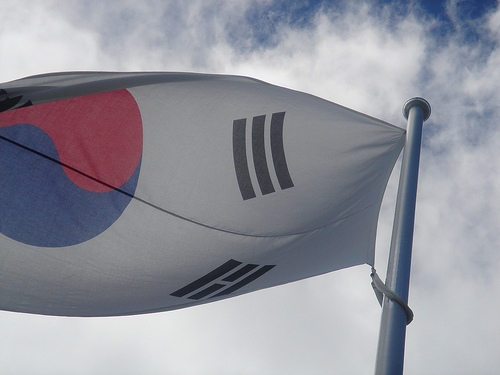
Korea's export growth climbed to 3.2% in May
But the economy remains on a soft patch.
According to DBS, the latest data showed that the economy stays on a soft patch in 2Q, but the momentum of growth is not too weak. Export growth rose to 3.2% YoY in May from 0.4% in April.
Here's more:
Manufacturing PMI slipped to 51.1 in May from April’s 52.6, butremained above the neutral mark of 50 (betterthan thatin Taiwan and China).
The relative resilience of exports and PMI demonstrates the facts that Korea’s export competitiveness is strong, export market is diversified, the economy’s dependence on external demand is not too high, and domestic market demand also plays an important role in driving industrial activity.
Meanwhile, the economy also benefits from the recent fall in global commodity prices. The positive effects oflower commodity prices were immediately reflected in the expansion oftrade surplus,slowdown ofinflation and improvementin real household incomes.
Trade surplus widened sharply to USD 6.0bn in May from USD 2.4bn in April. CPI inflation decelerated to 1.0% YoY in May from 1.2% in the previous month, mainly driven by the drop in food and energy prices.
Based on April-May’s data, we judge that GDP growth of about 3% QoQ saar is still achievable in 2Q, nottoo different from the central bank’s forecasts. The government and the central bank have already announced policy easing measures since April, including the KRW 7trn supplementary budget, temporary tax reductionsin the property market, 25bps rate cut and increase of the special loan quota for SMEs.
For now, policy makers would prefer to focus on implementing the supplementary budget and assessing the effects ofthe recent monetary easing,ratherthan adding new stimulus measures.
We expect the BOK to stay on hold next week. The KTB yields rose notably by 25-35bps(2-10Y) in the past one month, partly due to the volatility in US bond market and partly also due to falling expectations on domestic rate cuts.
























 Advertise
Advertise






